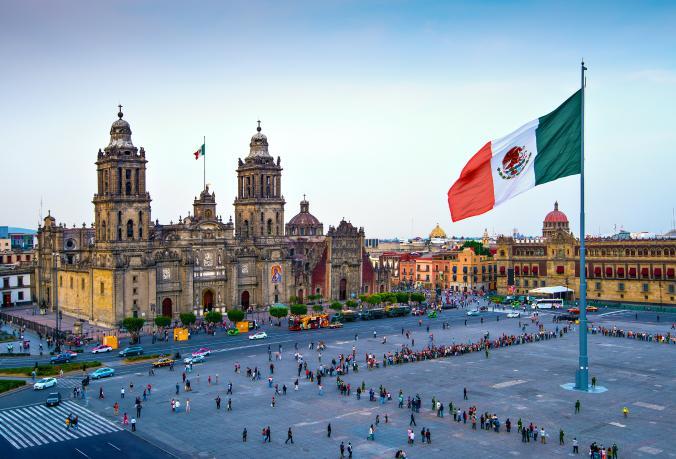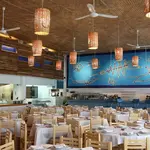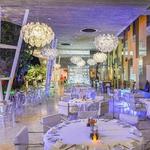Whitney & Said
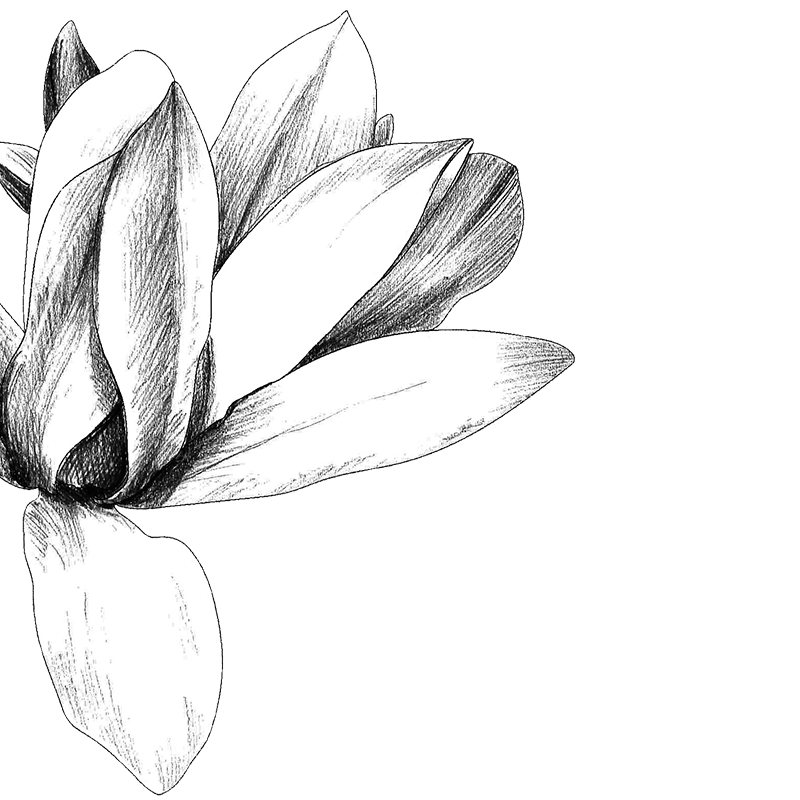
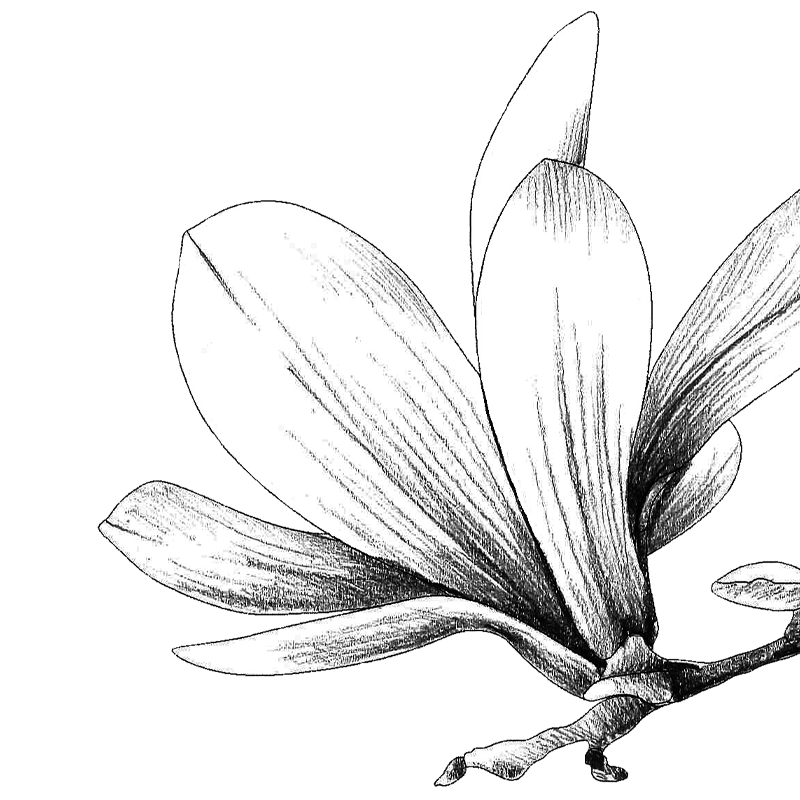
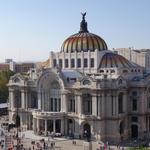
Mexico City Museums
Mexico City is bursting at the seams with fascinating museums, both grand and far-reaching and intimate and focused. Whether your interests lie in art, architecture, anthropology, or history there's something just for you in this world capital. Here are some of our favorites to help get you started on a cultural tour of Mexico City.
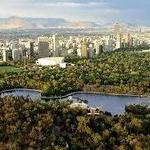
Bosque de Chapultepec
At more than 1,600 acres, Chapultepec is Mexico City’s largest park and home to several significant historical sites. Near the park’s main entrance stands the Monument of Young Heroes, which honors six young cadets who refused to surrender at the Battle of Chapultepec in 1847 during the Mexican-American War. Follow the road to the top of the hill overlooking Mexico City, where Chapultepec Castle houses the National History Museum. Other attractions in the sprawling park include botanical gardens, a modern art museum, Tamayo Museum, and National Museum of Anthropology. Outside the main entrance of the anthropology museum, costumed entertainers perform the ancient rite of the voladores (fliers), in which four instrument-wielding men swing around a tall pole as if they were flying.
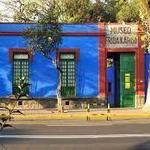
Frida Kahlo Museum
La Casa Azul is the Intimate Universe of Frida Kahlo. In this beautiful residence, the artist lived most of her life; initially with her family and years later, with Diego Rivera. Likewise, interesting Mexican and foreign visitors stayed in this place, attracted by the captivating couple of artists. Frida wanted to leave her home as a museum, to be enjoyed by her beloved Mexico. For this reason, after her death, Diego organized here, the Frida Kahlo Museum. The museography was the task of the museographer, teacher and great poet Carlos Pellicer, a very close friend of the couple. The Museum’s administration was entrusted to the Diego Rivera and Frida Kahlo Museum Trust at the Bank of Mexico, established by Rivera himself in 1957.
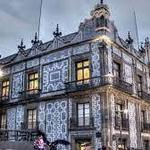
The House of Tiles
La Casa de los Azulejos (Tile House) is one of the most beautiful pieces of novo-spanish baroque civil arquitecture. It is a work of art framed by talavera that fully covers its facade. It was said to be a refuge for supporters of the conquistador Hernán Cortés. Its first owner was Hernando Avila, followed by Damian Hernandez. It was the residence of the Valle de Orizaba counts, in fact one of the descendants decided to coat the exterior with polychromatic mosaics in the eighteenth century. From 1881 the building became the Jockey Club and later the Casa del Obrero Mundial. At that time the calle 5 de mayo was the most elegant avenue in Porfiriato. It is a Sanborns since 1919. Two murals are preserved inside: Pavorreales by Palcologne in 1918 and Omniscience by José Clemente Orozco in 1925.
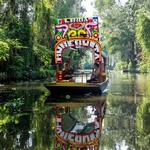
Xochimilco: Where the Flowers Grow
In the south of Mexico City, a network of canals weaves through a series of man-made islands in Xochimilco, the so-called “Venice of the New World.” Xochimilco, meaning “where the flowers grow,” is aptly named for its chinampas, or floating gardens. Farmers constructed reed rafts on the lake, slathered them with mud, and cultivated fruits, vegetables, and flowers right on the water. Over time, the gardens rooted and became islands. On weekends, trajineras, brightly decorated flat-bottom boats, carry passengers through the canals. Small boats also navigate the waterways, delivering drinks and snacks to lively passengers. The floating city was designated a UNESCO World Heritage site in 1987—the only remaining example of traditional pre-Hispanic land use of the lagoons in the Mexico City basin.
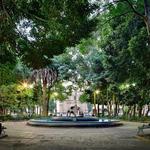
Coyoacán
One of Mexico City’s “magical neighborhoods,” Coyoacán has vibrant cobblestone streets, colonial churches, and bustling markets that transport visitors back in time. The main plaza, Jardín Centenario (Centenario Garden), showcases a fountain honoring the coyote—the animal that gave Coyoacán, “the place of coyotes,” its name. Across from the plaza, the early 16th-century San Juan Bautista Cathedral towers into the sky, while vendors peddle toys and snacks outside. Sit down for some classic Mexican cuisine at Los Danzantes, and enjoy the scene. A 15-minute walk from the plaza leads to La Casa Azul (the Blue House), the former home of Mexican icon Frida Kahlo, which was converted into a museum after her death. If you’re feeling inspired, all sorts of Frida Kahlo-shaped earrings, T-shirts, and purses can be found in the Bazar Artesanal Mexicano, along with a multitude of other traditional handicrafts.
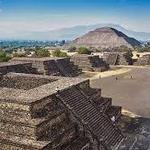
Teotihuacan Pyramids- Botanical Gardens
Mexico boasts more UNESCO World Heritage sites than any other country in the Americas, like the ancient archaeological site of Teotihuacan, located 45 minutes northeast of Mexico City. Lining the Avenue of the Dead, the monumental Temple of Quetzalcoatl and the Pyramids of the Sun and the Moon stretch across the valley in geometric patterns—a model of urbanization and city planning that guided subsequent cultures. The towering structures represent only 10 percent of the total surface, a testament to one of the largest and most powerful cultural and artistic centers in Mesoamerica. In fact, this site is so awe-inspiring, some people believe it was built by aliens.

Palacio de Bellas Artes
Mexico City has more than 150 museums and galleries. The Soumaya Museum was designed by the Mexican architect Fernando Romero and is one of the most visited in Mexico City. It hosts a collection of more than 66,000 works spanning 3,000 years, including pre-Hispanic Mesoamerica, 19th- and 20th-century Mexican art, and works by European masters such as Auguste Rodin, Salvador Dalí, Pablo Picasso, and Vincent van Gogh. Palacio de Bellas Artes is a stunning work of early 20th-century architecture located in the Centro Histórico. The palace hosts temporary art exhibits and features permanent murals by some of Mexico's most celebrated artists, including Diego Rivera, José Clemente Orozco, and Rufino Tamayo. The Dolores Olmedo Musuem’s beautiful five-building complex features a collection of pre-Hispanic, colonial, folk, and contemporary art, including a large collection of works by Frida Kahlo and Diego Rivera.
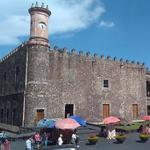
Cuauhnáhuac Regional Museum, Palacio de Cortés
Also known as the Museo Cuauhnáhuac, this 16th century palace not only houses Pre-colombian artifacts from the area and takes one on a history tour of Morelos and Cuernavaca, but also showcases Diego Rivera's Mural of the Conquest.
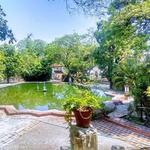
Jardín Borda
The Borda Garden began to gain fame thanks to the experiences published in books by its visitors. In 1865, after a trip, the Habsburg Emperors chose it as a place to vacation in the summer, and that is when it retakes its simple elegance, ceasing to be a hotel to become a Royal Palace; which is a faithful witness of the spectacular gala meetings that the emperors organized in the gardens as well as the great concerts on the stage of the pond. Famous people such as Francisco I Madero, Emiliano Zapata, Sebastián Lerdo de Tejada, Francisco Leyva, Porfirio Díaz and Diego Rivera attended this majestic place. The Borda Garden has a Versailles, Mudejar and Italian Baroque style architecture; and its gardens have a style typical of the French gardens of the 18th century. Among its abundant vegetation you will find different species of native trees of the Mesoamerican flora, in which trees, shrubs and herbs stand out;
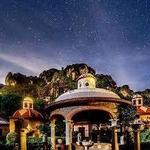
Tepoztlán
Tepoztlán (Spanish: [tepos'tlan] (About this soundlisten)) is a town in the Mexican state of Morelos. It is located at 18°59′07″N 99°05′59″WCoordinates: 18°59′07″N 99°05′59″W in the heart of the Tepoztlán Valley. The town serves as the seat of government for the municipality of the same name. The town had a population of 14,130 inhabitants, while the municipality reported 41,629 inhabitants in the 2010 national census.[1] The town is a popular tourist destination near Mexico City. The town is famous for the remains of El Tepozteco temple built on top of the nearby Tepozteco Mountain, as well as for the exotic ice cream flavors prepared by the townspeople.[2] Tepoztlán was named a "Pueblo Mágico" in 2002 but its title was removed in 2009 for failure to maintain the requirements. In 2010 Tepoztlán addressed these problems and recovered the Pueblo Mágico title.
